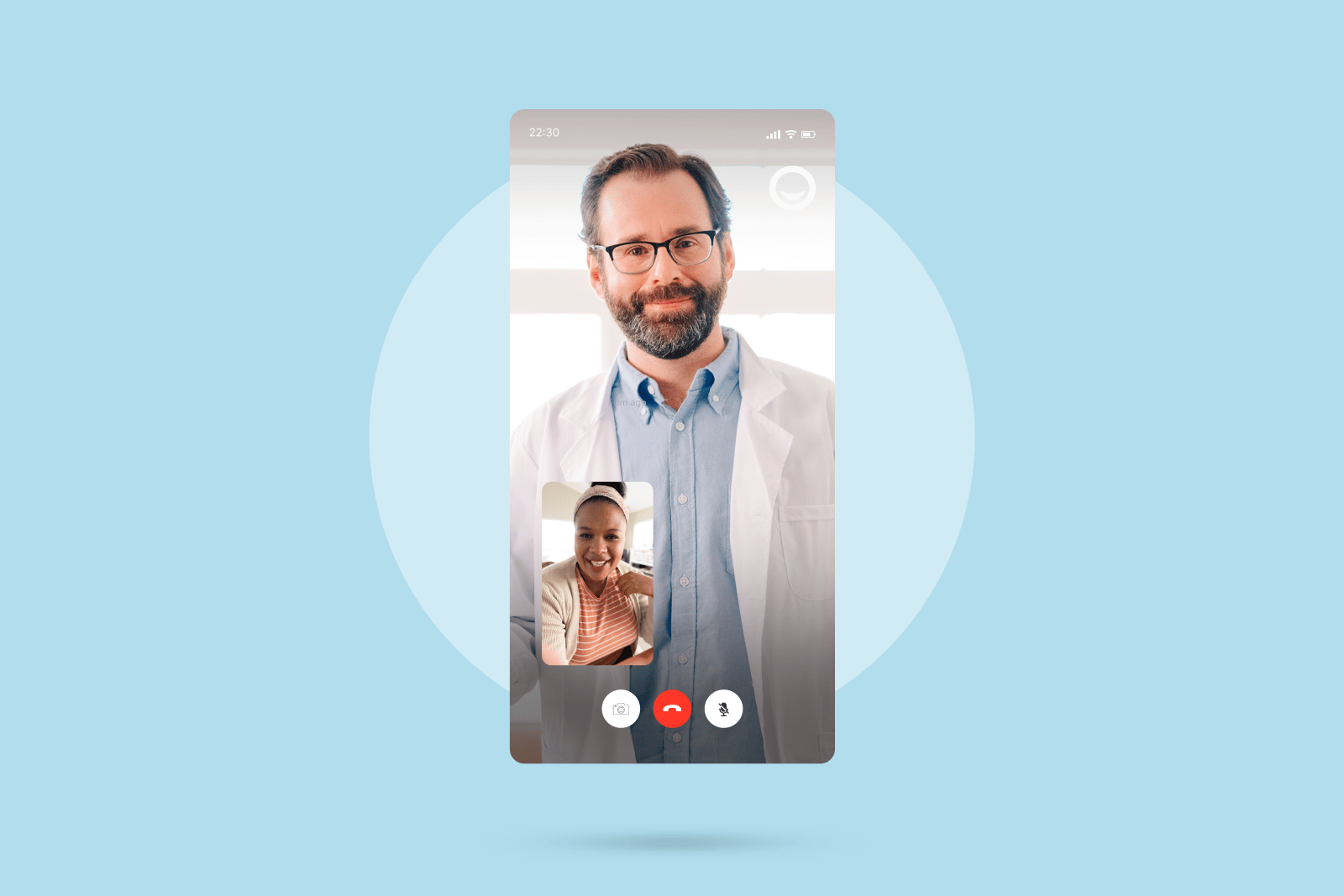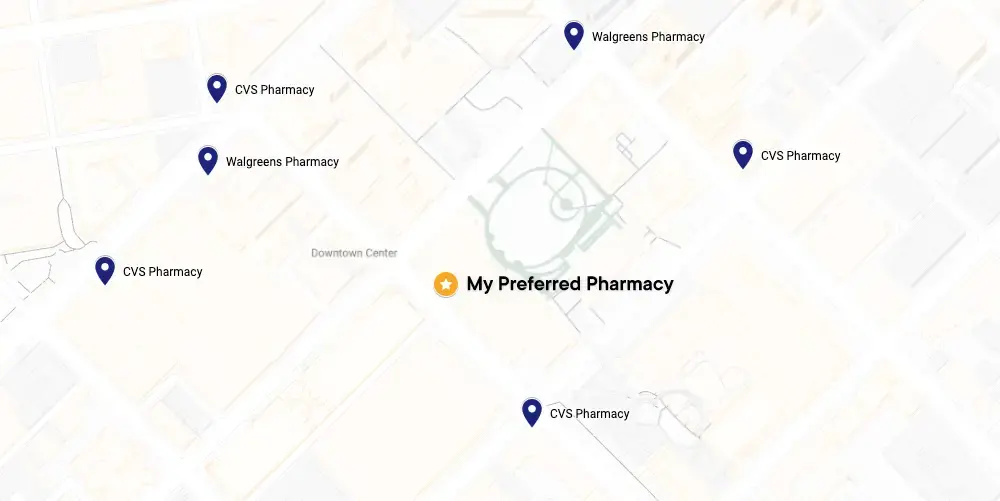Chronic excessive alcohol use can irritate and erode the protective lining of the stomach.


In order to treat your gastritis, consult with one of our board-certified primary care doctors online today to prescribe antibiotics, antacids, or PPIs to help your stomach pain. Get a new prescription to treat gastritis or refill an existing prescriptions today.*

*Prescriptions are provided at the doctor's discretion. Learn more about our controlled substances policy and how to save up to 80% with our prescription discount card. PlushCare doctors cannot treat all cases of gastritis. Our primary care physicians can conduct an initial evaluation of your symptoms but may need to refer you to a specialist or for in-person treatment. If you are experiencing life-threatening symptoms, seek emergency medical attention immediately by calling 911.
Gastritis is a condition that leads to stomach lining inflammation, causing stomach pain, bloating, and nausea. It has a variety of causes and can come on suddenly (acute) or gradually (chronic). Fortunately, medications and lifestyle changes can reduce stomach acid and ease uncomfortable symptoms.
There are 7 types of gastritis:
Acute gastritis: Acute gastritis can include serious complications, such as hemorrhages. The most common cause of acute gastritis is the overuse of nonsteroidal anti-inflammatory drugs (NSAIDs).
Chronic gastritis: Chronic gastritis includes long-term or repeated inflammation of the stomach lining. It can lead to upper abdominal pain, bloating, and loss of appetite.
Atrophic gastritis: Atrophic gastritis, known as type A or B gastritis, is a type of chronic gastritis. Chronic atrophic gastritis interferes with stomach functioning, killing the cells needed to properly digest food.
Antral gastritis: Antral gastritis affects the lower portion of the stomach. It can be caused by a virus, bacterial infection, stomach injury, or certain medications, with the most common symptom being indigestion.
Autoimmune gastritis: Autoimmune atrophic gastritis is a chronic inflammatory disease. The body's immune system mistakes stomach cells as harmful, disrupting the production of gastric acid.
Erosive gastritis: Erosive gastritis causes ulcers and bleeding in the protective lining of the stomach. While it's typically acute, it can also be chronic. Some patients show little to no symptoms, while others experience severe abdominal pain.
Alcoholic gastritis: Alcoholic gastritis is caused by the consumption of excessive alcohol. Alcohol limits the stomach's ability to produce acids, which leads to inflammation.
Gastritis occurs when something damages or weakens the stomach lining. There are a number of possible causes of gastritis, including:
Chronic excessive alcohol use can irritate and erode the protective lining of the stomach.
In some people, the body's immune system attacks healthy cells in the stomach lining, causing gastritis.
Helicobacter pylori bacteria are the main cause of chronic gastritis and peptic ulcer disease (stomach ulcers). H. pylori infection damages the stomach lining.
The liver produces bile to digest fatty foods. Bile reflux occurs when bile flows back into the stomach instead of progressing through the small intestine.
The overuse of nonsteroidal anti-inflammatory drugs (NSAIDs) like ibuprofen or aspirin, or other anti-inflammatories like corticosteroids can weaken the stomach lining.
A sudden illness or injury can cause gastritis. Sometimes, gastritis develops after physical injuries that don't affect the stomach.
Loss of appetite
Nausea, vomiting, or bloating
Feeling extra full after a meal
Stomach ulcers
Diarrhea
Upper abdominal pain and cramps
Blood in your stool
Because gastritis weakens the stomach lining, it can lead to bleeding. If you notice any signs of bleeding, including vomiting blood, black stools, or blood in your tool, seek medical attention immediately by calling 911
Sometimes, usually when gastritis is mild, symptoms and history may be enough for your doctor to form a probable diagnosis that can be treated based on suspicion that gastritis is the cause. Most often, however, a combination of laboratory testing, imaging, physical exam, and viewing the stomach with a camera (endoscopy) may be necessary to form a proper diagnosis. Plushcare doctors will help guide patients to appropriate in-person and specialist care if any of those are needed. Doctors who specialize in the stomach and digestive tract are called gastroenterologists. The treatment of gastritis will depend on the underlying cause. If your healthcare provider does not find an underlying cause, they may recommend treatments to reduce symptoms.
After gastritis is diagnosed, it is important to limit your consumption of irritating substances, such as spicy foods, alcohol, and NSAIDs. If you have an upset stomach, book an appointment with a doctor to discuss your treatment options.
Depending on the cause of your gastritis, your health care provider may recommend the following medications:
Antibiotics can help treat bacterial infections, including Pylori infections. Depending on the infection, you may need to take more than one type of antibiotic.
Calcium carbonate medications help reduce stomach acid exposure and relieve inflammation.
H2 blockers, such as Pepcid (famotidine), help reduce acid production by limiting the function of H2 antihistamine receptors in the stomach which, in part, are responsible for stomach acidity.
Proton pump inhibitors, such as Omeprazole (Prilosec), Lansoprazole (Prevacid), Rabeprazole (Aciphex), and Pantoprazole (Protonix), can help reduce the amount of acid your stomach produces.
H. pylori bacteria are easily transmitted, but it is possible to reduce your risk of infection by practicing good hygiene.
In addition, you can take steps to minimize indigestion. Some effective preventive measures include:
Avoiding fatty, fried, spicy, or acidic foods
Reducing your caffeine consumption
Eating smaller meals throughout the day
Finding healthy ways to cope with stress
Not taking NSAIDs including Motrin or Advil (ibuprofen), Aleve (naproxen), or Aspirin
Lowering your alcohol consumption
Not lying down for 2–3 hours after eating
Talk to your health care provider if you experience:
Blood in your stool or vomit
Extreme weakness or fatigue
Unexplained weight loss
Recurring gastritis symptoms
There are several potential causes of abdominal pain and discomfort, including gastritis. In most cases, abdominal pain related to gastritis includes a gnawing or burning pain (indigestion) in the middle-upper abdomen.
Viral gastroenteritis (stomach flu) involves diarrhea, generalized abdominal cramps, nausea, vomiting, and fever.
An ulcer is a patch of inflamed stomach lining. Ulcers cause more localized and severe pain, along with an increased risk of stomach cancer, bleeding, and perforation.
Gastritis typically involves nausea and vomiting, while the stomach flu often leads to diarrhea.
Crohn's disease is a type of inflammatory bowel disease (IBD) that leads to inflammation of the lower digestive tract, sometimes leading to bloody diarrhea and lower abdominal cramps.
The best treatment will depend on the underlying cause of your gastritis. In most cases, treatment for gastritis includes a combination of lifestyle changes, antibiotics to fight H. Pylori infection, and proton pump inhibitors to reduce stomach acid production.
Acute gastritis can last anywhere from 2 to 10 days. Meanwhile, chronic (long-term) gastritis can last for weeks or months depending on the underlying cause.
Gastritis is commonly caused by H. pylori infection. It can also be triggered by excessive alcohol use, physical stress, the overuse of NSAIDs, and the consumption of irritating foods.
Yes, gastritis can go away on its own, and many people recover from gastritis without medical intervention. However, medication can help speed up the healing process.
Without proper treatment, gastritis can lead to serious health conditions, including acute blood loss anemia, infectious complications like peritonitis and sepsis, stomach cancer, and even death. It is crucial to call 911 and seek medical attention immediately if you have any severe symptoms.
It's possible to reduce your risk of H. Pylori infection by practicing good hygiene, including hand washing. In addition, healthy lifestyle changes, such as reducing stress, reducing alcohol consumption and avoiding irritating foods, can lower your risk of gastritis.
Common warning signs of gastritis include:
Stomach pain
Nausea, vomiting, or bloating
A feeling of fullness in your stomach
Bloody vomit or stool



To request gastritis treatment and get a new or refill on your prescription, join our monthly membership and get discounted visits
Membership
$19.99
First month free
Visits
Copay
Often the same as an office visit. Most patients with in-network insurance pay $30 or less!
We accept these insurance plans and many more:



Membership
$19.99
First month free
Visits
$129
PlushCare is dedicated to providing you with accurate and trustworthy health information.
Cleveland Clinic. Gastritis. Accessed on June 16, 2022. https://my.clevelandclinic.org/health/diseases/10349-gastritis
John Hopkins Medicine. Gastritis. Accessed on June 16, 2022. https://www.hopkinsmedicine.org/health/conditions-and-diseases/gastritis
Mayo Clinic. Gastritis. Accessed on June 16, 2022. https://www.mayoclinic.org/diseases-conditions/gastritis/diagnosis-treatment/drc-20355813
PlushCare content is reviewed by MDs, PhDs, NPs, nutritionists, and other healthcare professionals. Learn more about our editorial standards and meet the medical team. The PlushCare site or any linked materials are not intended and should not be construed as medical advice, nor is the information a substitute for professional medical expertise or treatment.